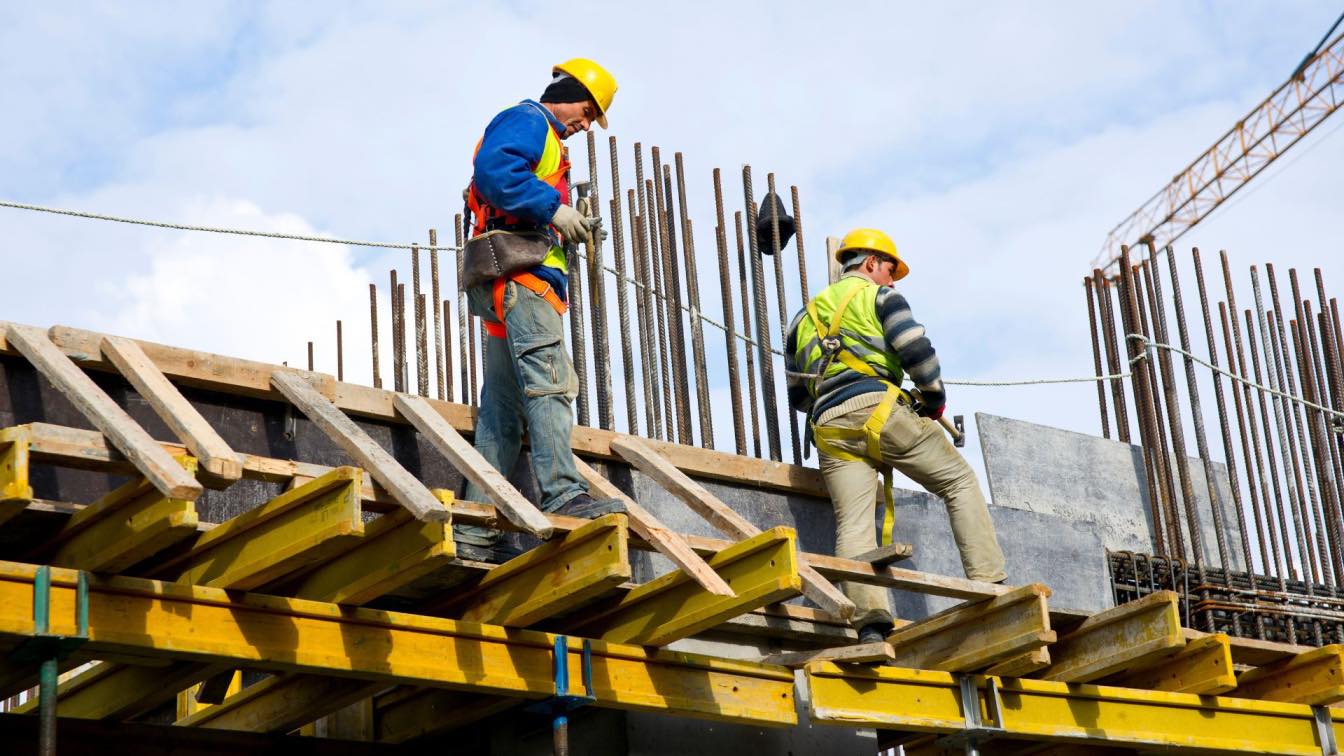Construction sites are known to be hotspots for potential accidents. The work is high-risk by nature. Common construction worker injuries include falls from heights leading to fractures or head injuries, muscle strains from lifting heavy objects, cuts and punctures from tools, and back injuries due to repetitive tasks. Additionally, workers can suffer from electrical shocks, respiratory issues from dust inhalation, and hand-arm vibration syndrome (HAVS) from operating vibrating equipment. HAVS affects individuals who frequently use hand-held vibrating tools and equipment in their work, such as jackhammers, chainsaws, and power drills. Prolonged and repeated exposure to these vibrations can lead to damage in the blood vessels, nerves, and muscles of the hands and arms.
Symptoms of HAVS can include numbness, tingling, and pain in the fingers and hands, reduced grip strength, and a loss of dexterity. In severe cases, HAVS can lead to permanent damage, causing difficulty in performing everyday tasks and impacting the individual's quality of life.
Clearly, prioritizing construction site safety is not only a legal matter but a moral and ethical one as well. Implementing preventive measures and fostering a safety-driven workplace are factors that substantially lower the occurrence of injuries.
Before, during, or after a construction job, consulting a reputable construction accident lawyer in NYC is a great step for learning how to prevent construction injuries. If you or someone you know has been injured, a construction accident attorney can help you get the compensation you need.
Here are some ways construction injuries can be prevented:
Comprehensive Training
A workplace culture that prioritizes safety begins with comprehensive safety training and education for everyone. This training should cover equipment operation, hazard recognition, emergency protocols, and the importance of Personal Protective Equipment (PPE). Regular training sessions and refresher courses should be conducted to reinforce safety protocols.
Effective Use of Personal Protective Equipment
PPE plays a large role in construction site safety. Equipping workers with the appropriate gear is a crucial defense against potential dangers. Standard gear includes:
- Helmets
- Safety goggles
- Gloves
- High-visibility clothing
- Steel-toed boots
Preventing HAVS involves using tools with lower vibration levels, taking regular breaks, using anti-vibration gloves, and ensuring proper training on equipment usage to minimize the risk of this condition among workers.
Regular Equipment Inspection and Maintenance
Malfunctioning or improperly maintained construction machinery can cause injuries. Regular inspections and maintenance are essential to identify and rectify potential issues before someone gets hurt. An ongoing schedule for equipment checks, maintenance, repairs, and keeping workers well-trained are key steps.
Hazard Identification and Risk Assessment
Comprehensive hazard identification and risk assessment are vital for all construction sites. It’s critical that all team members can spot potential hazards and evaluate risks. Actions that mitigate or eliminate risks, like installing proper signage, setting up guardrails, and enforcing safe work practices, reduce incidents. Regularly revisiting and updating safety protocols are also effective.
Clear Communication and Visible Signage
Clear communication is needed to keep construction sites safe. Safety protocols, warnings, and clear instructions on signs and labels are a must. Universally recognizable symbols and language help keep workforces safe. Regular meetings are platforms for stating concerns, sharing safety tips, and reiterating the importance of safety procedures.
Adequate Preparation for Emergency Situations
Construction sites should be well-prepared to handle emergencies such as fires, medical incidents, and malfunctioning equipment. Workers should know first aid, CPR, and basic firefighting training. Clearly marked emergency exits, fire extinguishers, and first aid kits at strategic points make sites safer.
Active Supervision and Accountability
Adequate supervision is pivotal in ensuring safety protocols are respected. Capable site supervisors who prioritize safety should have the authority to enforce safety measures. They should hold workers accountable for their actions and create an environment where employees can voice safety concerns without fear of reprisal.
Hiring a Lawyer
A construction worker should consider hiring a lawyer after being injured on the job to ensure their rights and interests are protected. You can contact a construction accident lawyer in NYC about serious construction injuries and safety violations. A lawyer specializing in workers' compensation or personal injury law can navigate complex legal processes, gather evidence, and negotiate with employers and insurance companies for fair compensation. This legal support can help the construction worker secure medical benefits, lost wages, and potential damages while navigating potential challenges and maximizing their chances of a successful claim.





